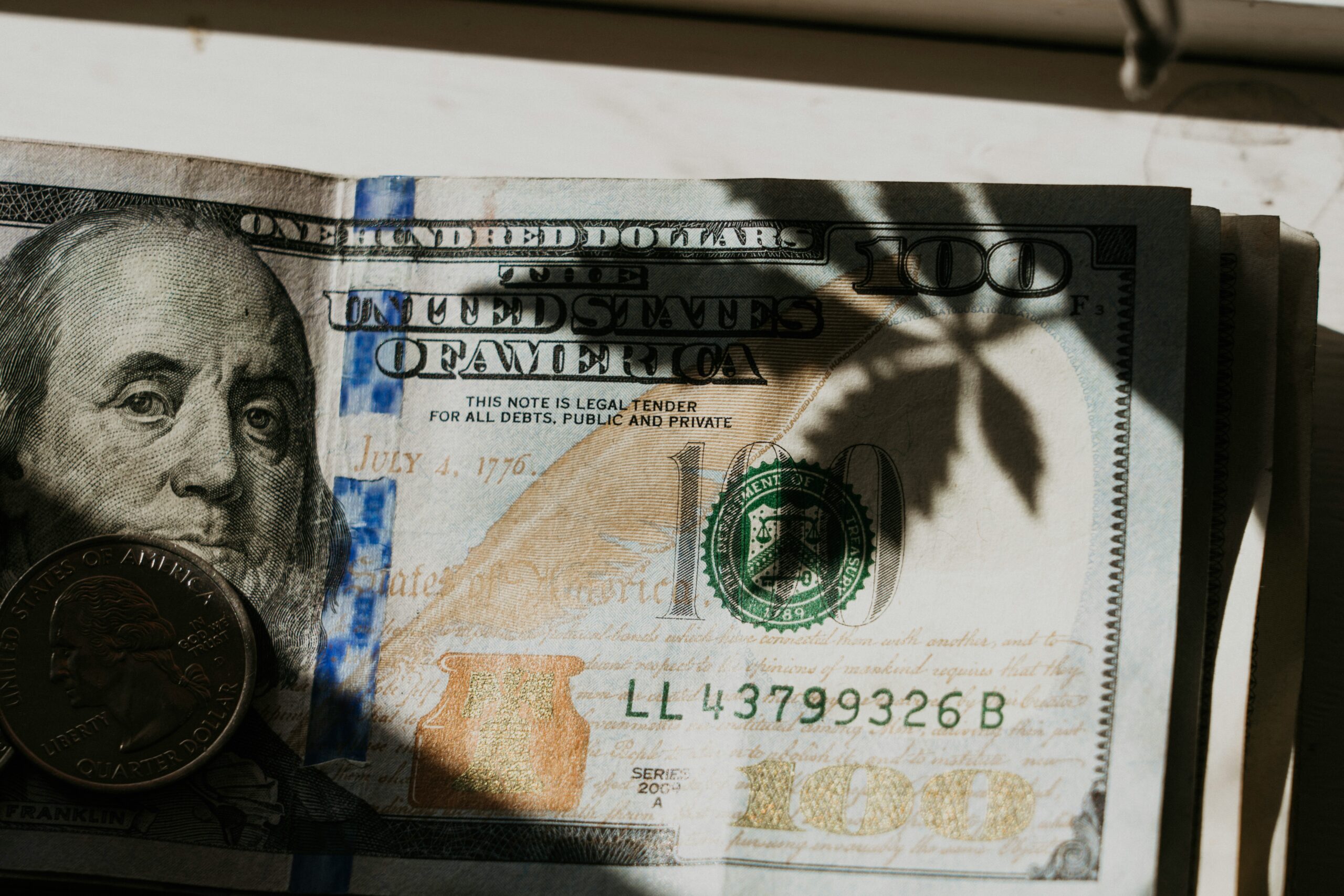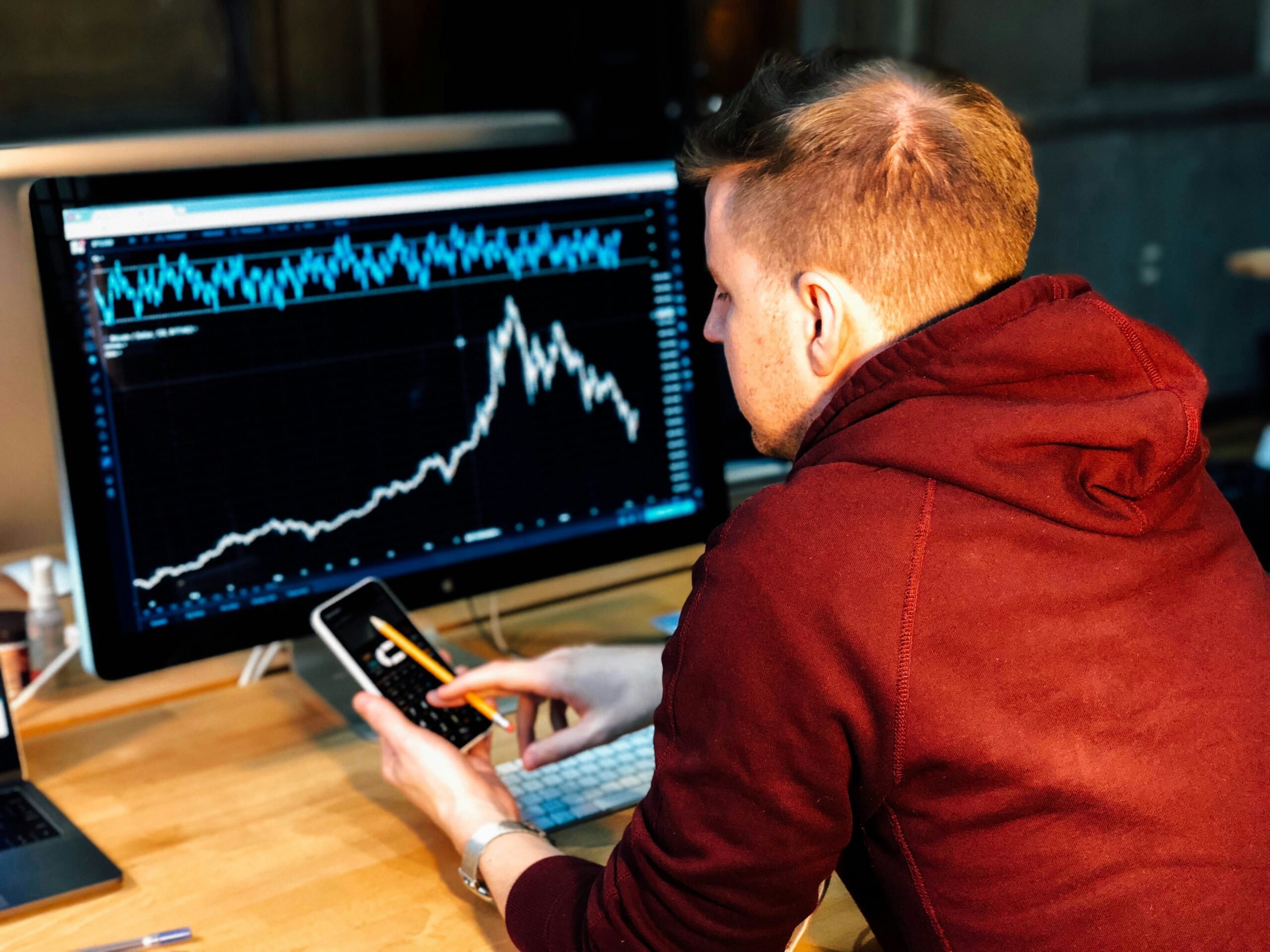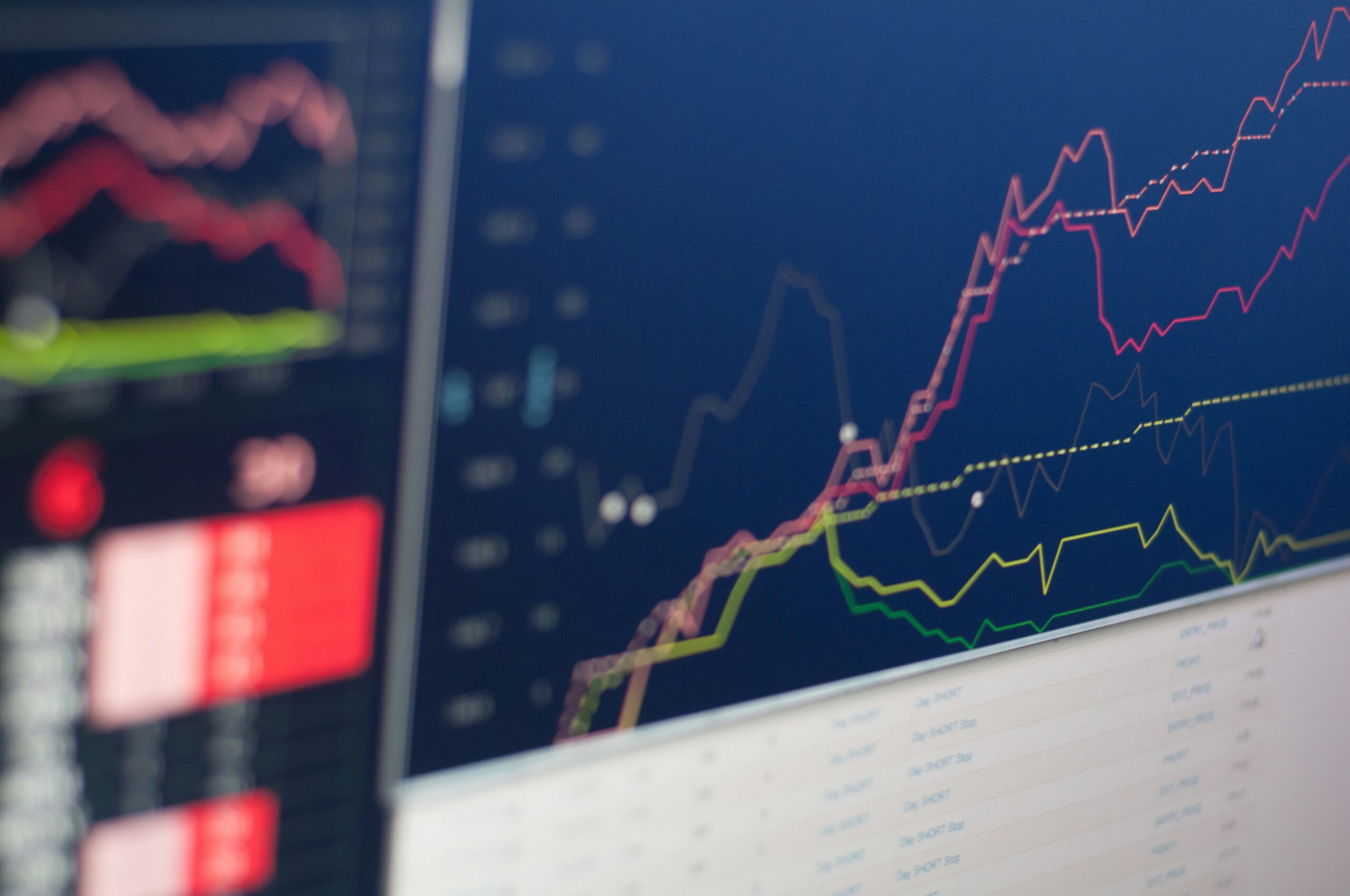Expansion of Global Investment Markets

TEXT:Pete Matleger
The world situation is fraught with uncertainties such as conflicts, economic disputes, and climate change. In the midst of an unclear economic environment, what is needed to achieve safer asset management? By looking at recent investment examples that have been attracting attention, we can observe potential future scenarios for the market that seems unclear.
The global economy was severely impacted by the COVID-19 pandemic. Many companies were forced to shut down their operations, causing disruptions in supply chains and a significant drop in stock prices. However, what followed was a rapid growth led by the technology sector, particularly U.S. tech companies, which drove the U.S. market to rise. By January 2025, the New York Stock Exchange's major index, the "S&P 500," which is calculated from the stock prices of the 500 largest companies, reached an all-time high, and the market has continued to perform well.

Meanwhile, changes in the investment environment have also continued. Interest rates are trending lower globally, leading to higher bond prices. In particular, the prices of U.S. long-term government bonds have risen, and demand for safe assets has increased. The choices of investment destinations have also expanded. In addition to existing stocks and bonds, new investment opportunities have emerged in recent years, such as companies developing AI and digital technologies like cryptocurrencies. The concept of "ESG investing," which involves investing in companies that consider environmental, social, and governance factors, has also gained attention. Many people may have started to invest or developed an interest in investing due to the pandemic.
While the investment market continues to grow, the future of the global situation remains uncertain. Issues such as the spread of infectious diseases like COVID-19, conflicts in Ukraine and the Middle East, national disputes, and climate change continue to be major concerns. These issues will take time to resolve, but they contribute to political and economic instability and fluctuations in resource prices, all of which can pose various risks for investors.
So, how are many asset owners and investors taking action to protect their assets? One such example is through the creation and review of portfolios for diversified investment. Gathering information about social and economic trends, managing various risks, and incorporating more stable investment destinations is essential. In recent years, "gold" has gained attention as a tool for diversification.

In 2020, the domestic trading price of gold was in the 6,000 yen per gram range, but it has continued to rise, surpassing 10,000 yen in August 2024. By 2025, the price exceeded 15,000 yen per gram. Gold, which has been recognized for its value across the world for centuries, remains a symbol of wealth with universal value. It has excellent material properties, such as thermal conductivity and corrosion resistance, and cannot be artificially created. As a rare metal, over 1,000 tons are recycled each year from electronic devices and other sources, demonstrating the high demand for it.
Looking at the data over the last ten years from 2014, the annual supply of gold has been between 4,500 and 5,000 tons. About half of the supply is consumed in jewelry processing, with a smaller portion used for coins, bars, and investments. Approximately 10% is used in electronics and industrial applications. Gold is less affected by changes in social circumstances like inflation or rising taxes, unlike real estate, stocks, or cash. It has constant demand for use in industrial products and jewelry, so it is unlikely to lose its value entirely. Because of its stability, gold is often referred to as "the gold of emergencies" and is considered resilient to changes in global conditions. In fact, during the 2008 Lehman shock and the immediate aftermath of the 2020 COVID-19 pandemic, gold prices recovered faster than stocks. Especially in a low-interest-rate environment, it has also been highlighted as an alternative to bonds.
However, while gold offers stability, it does not generate dividends or interest. In other words, it can be considered a "defensive" type of asset management suited for long-term holding. In uncertain times, securing long-term investment destinations can be essential to ensuring stability that is less influenced by external factors.
Long-term investments can include gold, but also long-term infrastructure projects that receive public support, or efforts related to sustainability, such as those addressing climate change. In addition, technologies such as "digital finance" and "artificial intelligence (AI)," which have attracted increasing attention from investors, are becoming more relevant. Digital finance includes not only virtual currencies and cryptocurrencies but also transformations in personal finance and the overall management of financial assets. As seen with technologies like ChatGPT, digital innovations are known for their potential to quickly and dramatically transform society. Adding such assets to a portfolio for short-term investments could be one approach.
Although "gold" and "digital" might seem to be opposing concepts, both share a common characteristic: "borderlessness." In today's uncertain world, it is said that one should invest with both long-term and short-term perspectives, and maintaining a global outlook that is not limited to domestic market conditions is also crucial. To capture opportunities for profit with a broader perspective and protect one’s assets, it is essential to develop a strong investment literacy while never losing sight of a global view.
